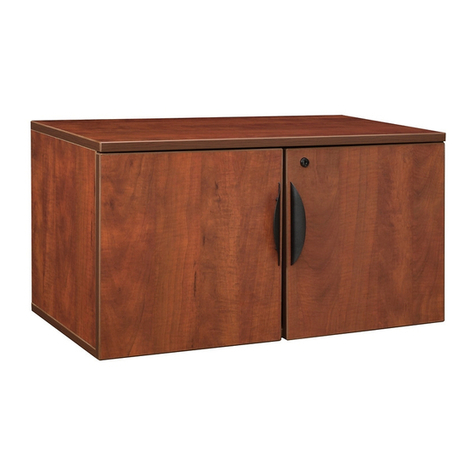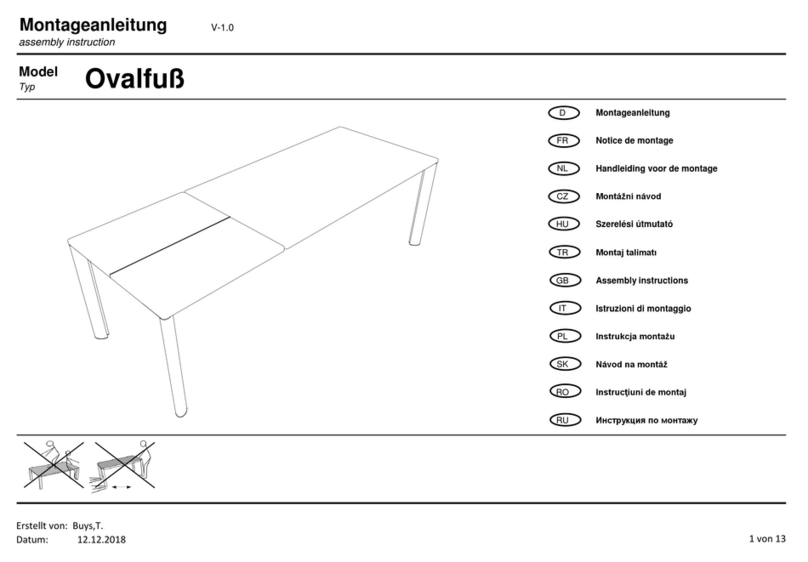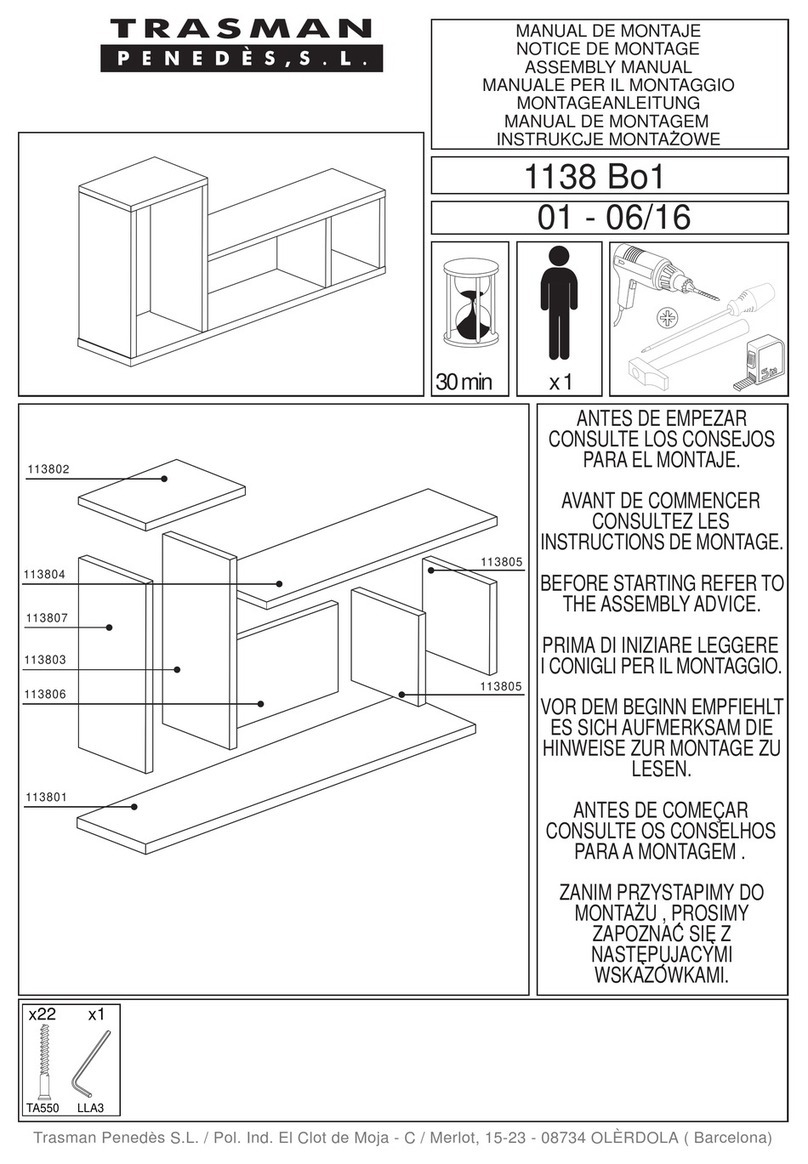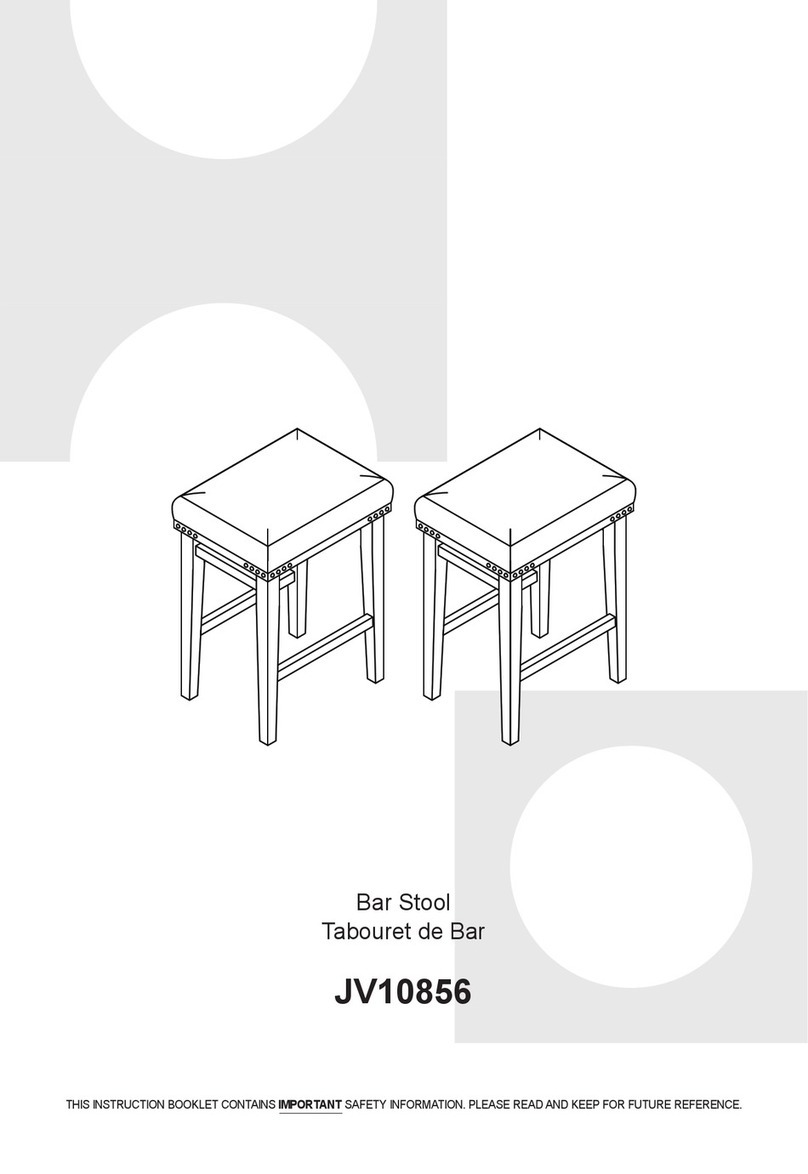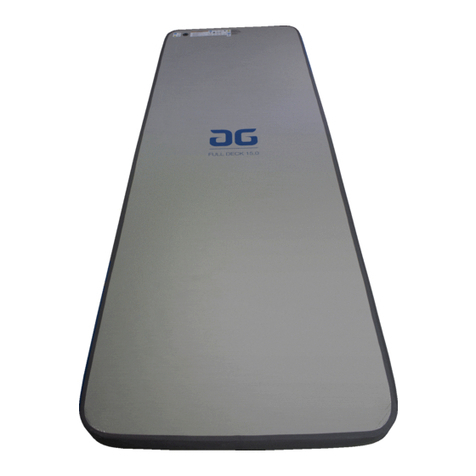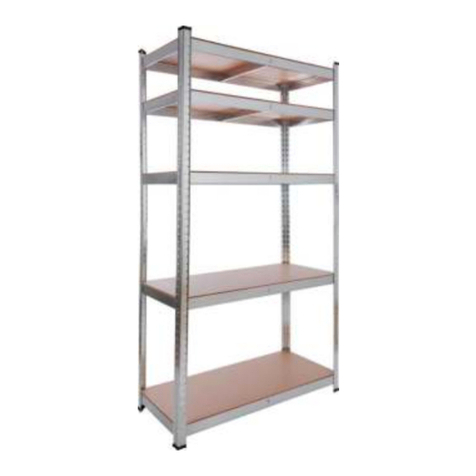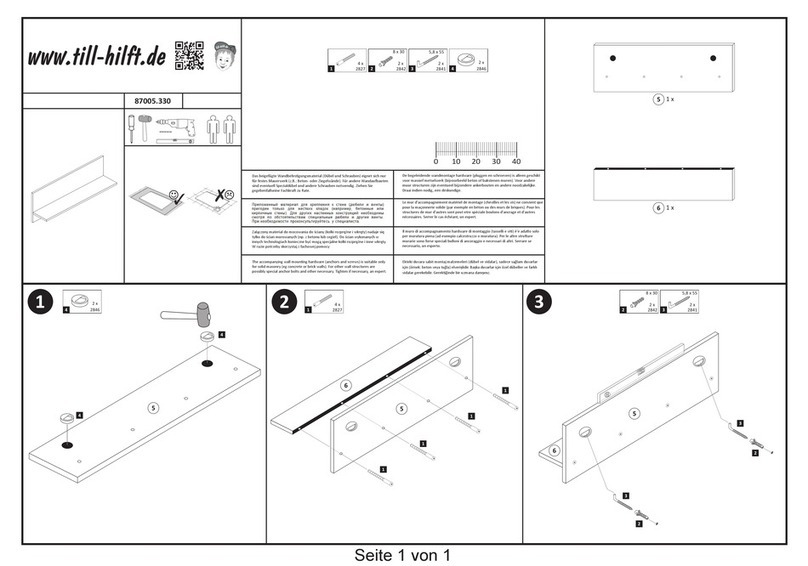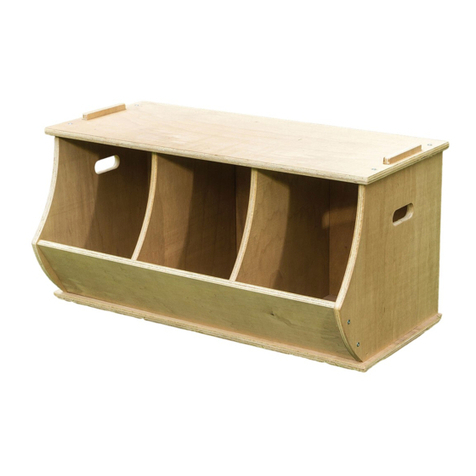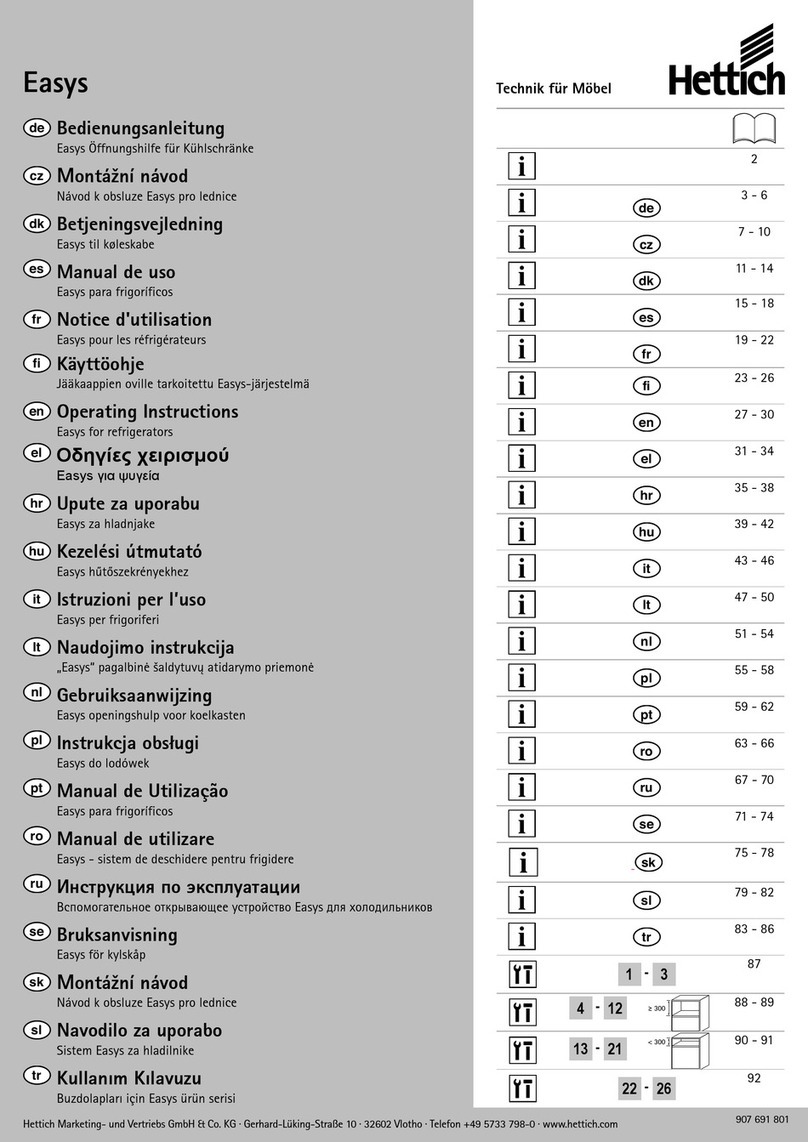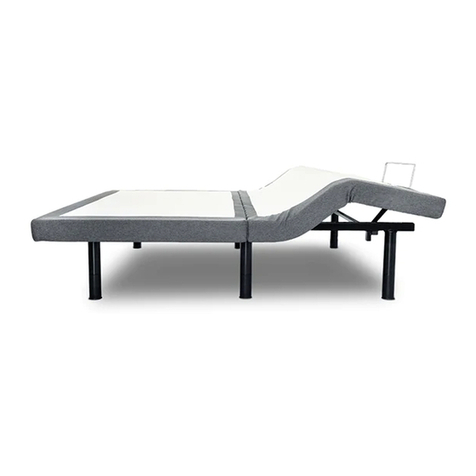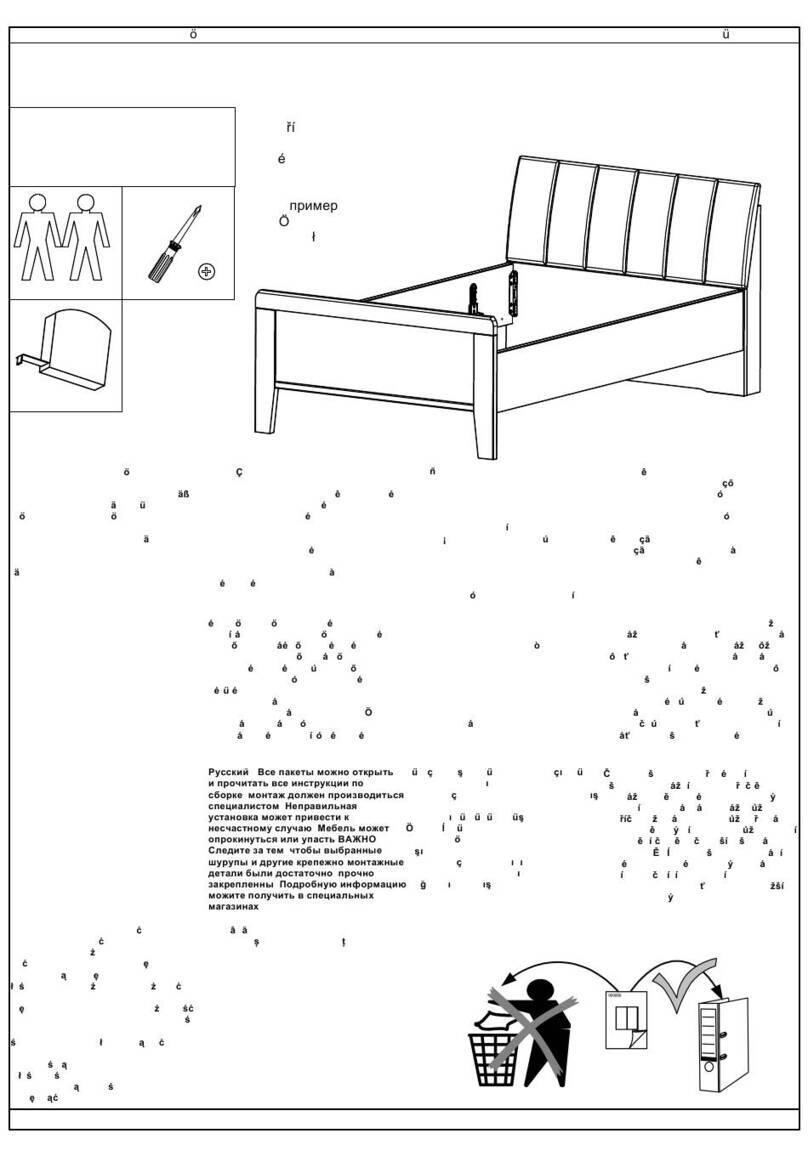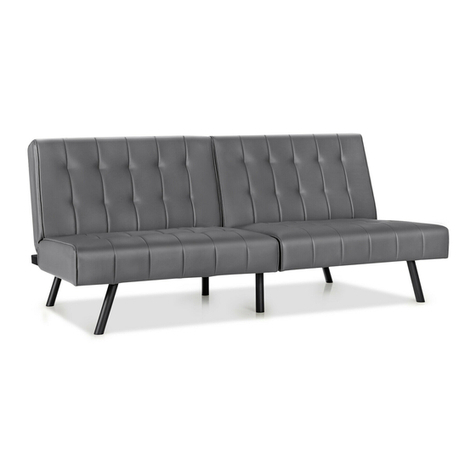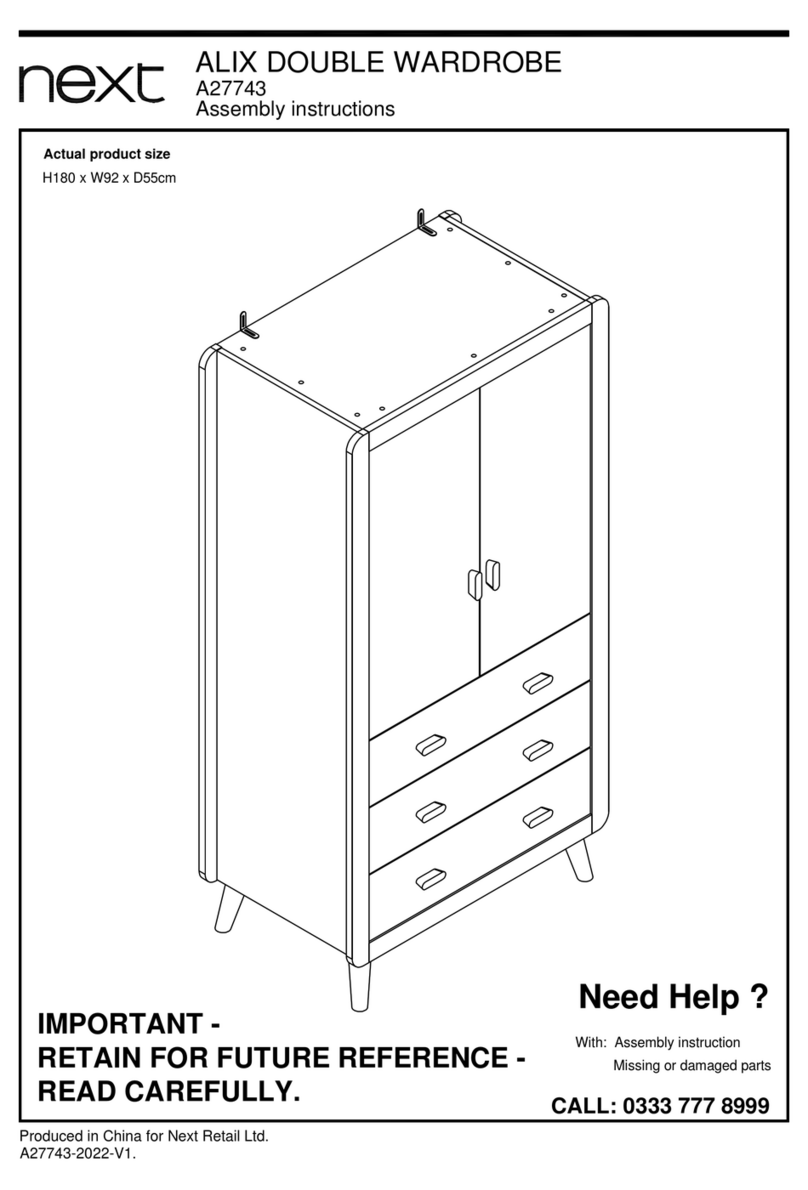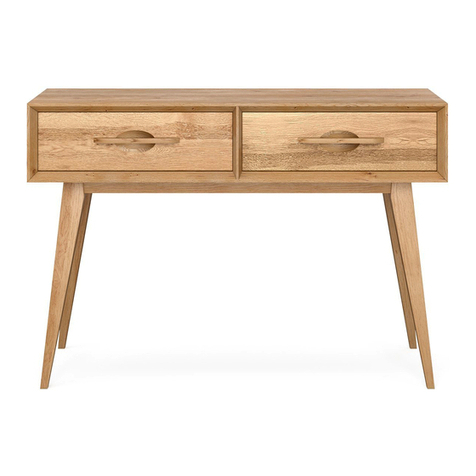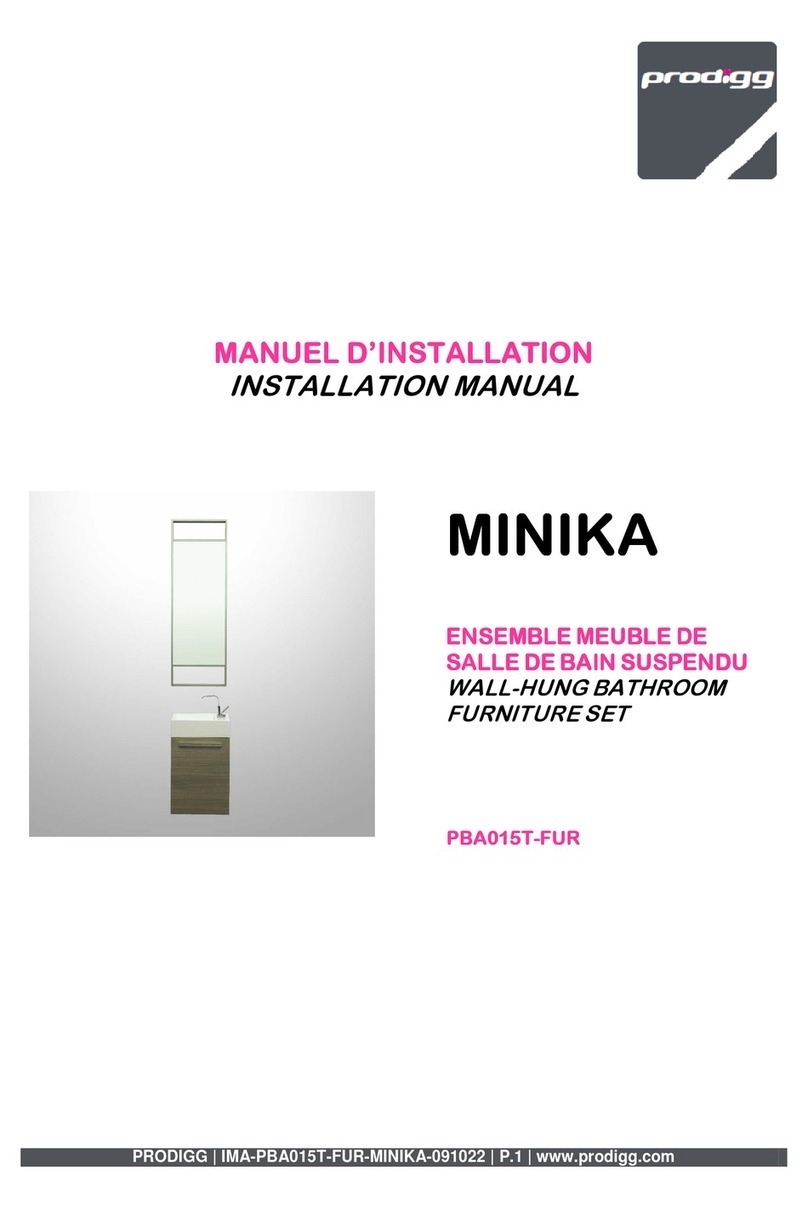
LAB FURNITURE AND FUME HOODS INSTALLATION GUIDE
TABLE OF CONTENTS
GENERAL INFORMATION......................................................................................................1
Freight Damage....................................................................................................................... 1
Repairing Paint Scratches........................................................................................................ 1
BASE CABINETS...................................................................................................................... 2
Drawer Removal and Reinstallation ........................................................................................ 2
Replacing Drawer Fronts......................................................................................................... 3
Door Adjustment..................................................................................................................... 4
Shelf Installation and Adjustment............................................................................................4
Removing and Installing Back Access Panels / Bottom Panels ................................................5
Leveling.................................................................................................................................. 5
Installing Pull-Out Shelves ...................................................................................................... 6
Sink Base Cabinets and Sink Support Assemblies ...................................................................8
Installing Knee Space Panels...................................................................................................9
Base Cabinet Fillers .............................................................................................................. 10
Installing L-Front Fillers.................................................................................................... 10
Installing L-Fillers............................................................................................................. 11
Installing C-Front Fillers ................................................................................................... 12
Installing C-Fillers............................................................................................................. 13
Installing Inside Corner Fillers .......................................................................................... 14
ACID STORAGE CABINETS – VENTING............................................................................. 15
WALL CASES ......................................................................................................................... 16
Wall Case Installation ........................................................................................................... 16
Installing Wall Case Sloping Tops......................................................................................... 17
Removing Wall Case Sliding Doors ...................................................................................... 18
Wall Case Fillers................................................................................................................... 19
Installing Wall Case Front Fillers ...................................................................................... 19
Installing Wall Case Inside Corner Fillers.......................................................................... 20
FLOOR CASES ........................................................................................................................ 21
Floor Case Installation........................................................................................................... 21
Removing Floor Case Sliding Doors ..................................................................................... 21
Installing Floor Case Front L-Fillers...................................................................................... 22
APRONS AND UTILITY TABLES ......................................................................................... 23
Apron Installation ................................................................................................................. 23
Utility Table Installation........................................................................................................ 24
